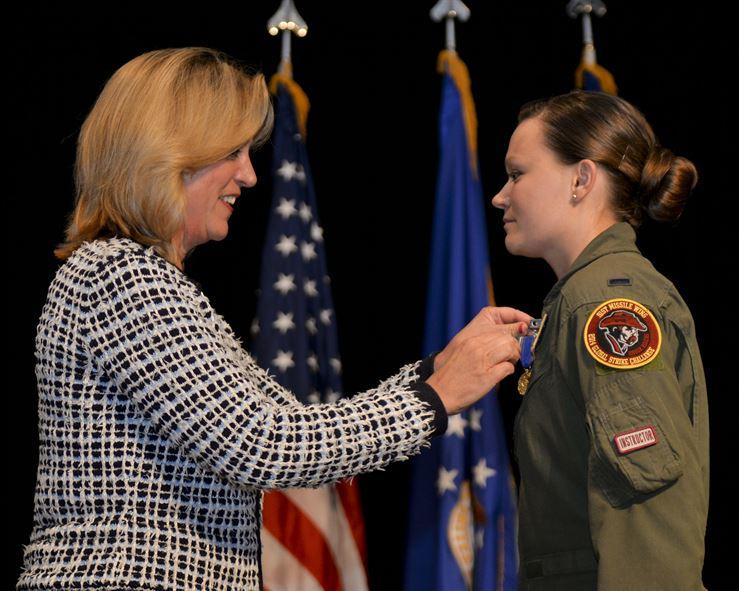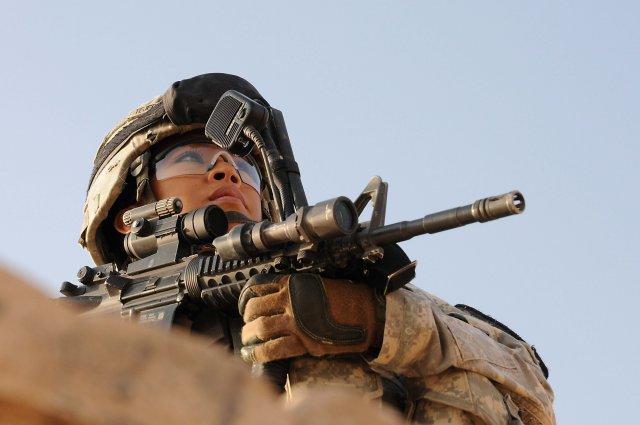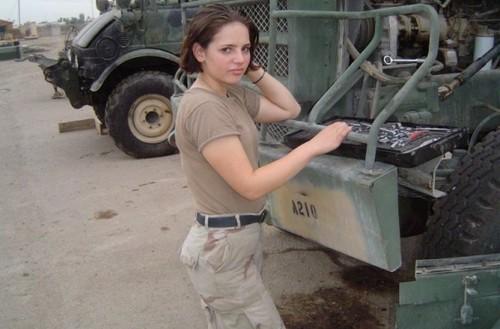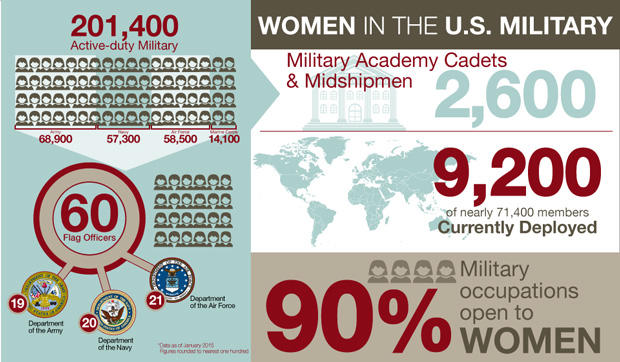

The poster above is an illustration of women in the American defense forces. People have expressed different opinions about the ability of this social group to provide security to a nation. The proposed research will address this question.
Research Question
The proposed research will be guided by the following research question:
What is the nature of the participation of women in the American defense forces?
Answers to the research question are aimed at addressing the doubts expressed by many people with regards to the ability of women to offer security to a superpower like the U.S. Women of different races and from various social classes continue to play significant roles in the country’s defense forces. The proposed study will also aim to highlight some of the factors that affect their participation in the army and other security organs.
Proposed Methodology for the Research
The research will use a combination of qualitative and quantitative study designs. To provide qualitative data, the researcher will conduct a thematic analysis of journal articles, books, and other resources relevant to the topic (Johnson & Onwuegbuzie, 2004). For example, books and journals will provide information on the different roles played by women in the defense forces (Wright, 2001). The literature review will also provide information on the changes that have taken place in this area over the years. To provide quantitative data, a questionnaire will be used. The questionnaire will be administered on 100 women in the country’s army and other security organs.
Context of the Research
The research will revolve around race and gender. The researcher will seek to provide information on how race, gender, and social class have impacted on the participation of women in the defense forces.
Giving the Armed Forces a Feminine Touch
Contrary to popular belief, women have a long history in the military. According to Khan (2015), they have participated in this sector for more than 400 years. They have assumed a wide range of roles in the armed forces. For example, they serve as army nurses, administrators, and combat officers around the world. There is nothing unique about women who take up roles in the security sector. In fact, they are more or less like the average American female. It is just that they have expressed a desire to defend their nation. Below is a picture of a female American army officer:

Deployment of Female Army Officers
The graph below shows the population of women in the country’s defense forces between 2000 and 2003:

The graph shows that the number of women in the forces is increasing. People who consider these individuals as weak should read more about their history in the security sector. They started fighting in the 1st World War. Apart from the need to achieve gender equality, women are given these positions to show their expertise in different fields (Gibbens & Rossoll, 2015). The figure below illustrates this point vividly:

It is the right of women to serve their nation in any possible way, provided that they have the requisite qualifications and skills (Stanger & Warner, 2013). If their performance in the security sector has been poor, the figures illustrated in the figures above will not be the way they are. The number would be decreasing as time goes by. But as the figures illustrate, the composition of women in the country’s security sector continues to rise. For example, by the end of 2012, 14% of the country’s military was made up of female officers (Gibbens & Rossoll, 2015). Their participation in this sector will be highlighted more in the proposed research.
Women, Army, and History
Between 1775 and 1783, female officers were given auxiliary roles within the American armed forces (National women’s history month, 2015). For example, they acted as cooks and caregivers to their male counterparts. However, things have changed over the years. For example, during the American Revolution, the participation of this group in the armed forces became prominent. Women started taking part in combat and in the frontlines. In 2001, the army had its first female African American pilot. The woman was Vernice Armour, a Marine Corps Captain. What this shows is that the American army has continued to be accommodating with regards to race and gender. Consequently, a number of women took up active duty during the wars in Iraq and Afghanistan.
Conclusion
The number of women serving in the American armed forces has continued to rise over the years. In the proposed study, the author will analyze the link between gender, race, and participation of this social group in the country’s security sector. A number of issues will be looked into. For example, a profile of high ranking female officers in the history of the American army will be provided. In addition, the challenges that women face as they serve their country in the defense forces will be analyzed. The research will add to the wealth of knowledge that exists about women in the armed forces, as well as demystify their status in this sector.
References
Gibbens, S., & Rossoll, N. (2015). Photos: Women in the military. Web.
Johnson, B., & Onwuegbuzie, J. (2004). Mixed methods research: A research paradigm whose time has come. Educational Researcher, 33(7), 14-26.
Khan, E. (2015). 10 most attractive female armed forces. Web.
National women’s history month. (2015). Web.
Stanger, M., & Warner, A. (2013). The 14 most impressive women in the US military. Web.
Wright, W. (2001). Comic book nation: The transformation of youth culture in America. United States: JHU Press.